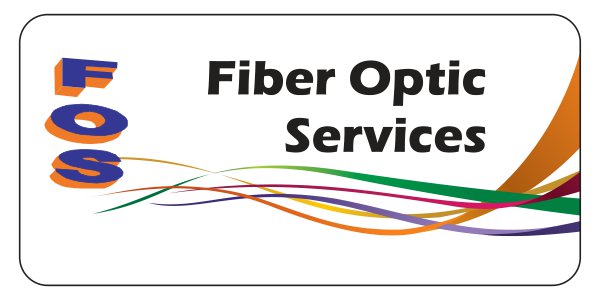Chapter 1: Introduction
Introduction to a Series of Articles on Optical Alignment
For some time, I have been encouraged to write a book about optical alignment. There have been several half-hearted attempts at beginning, but it never seemed there was enough to talk about and I kept finding new ideas about alignment. I didn’t want the book to be out of date before it was ever published. For this reason, I have a fresh approach for starting again.
The book will be written as sort of a blog with each stand-alone part being a piece of the bigger picture. It will be a little like Charles Dickens who wrote his novels as serials with a chapter published weekly. This will be a little more complicated, as I feel there are three basic methods of alignment and I want to contrast the three as the serial is written. To help with this scheme, I will also use a set of example systems to illustrate the methods, and the systems will get more complex as the serial develops.
Along the way I intend to toss in tips and references about performing various steps in alignment. For example, if when you first look at an image or interferogram and it looks like a bowl of spaghetti because there is so much aberration it is hard to know where to start, simply stop the system down to reduce the aberrations until it becomes apparent which is the most offending aberration. Then you will have an idea for corrective action. As the alignment is improved, you can increase the stop size until eventually you are viewing the full aperture. Alignment is, after all, governed by paraxial optics.
Before getting into any details, I want to say a few words about why alignment is important and why there is any need for a series such as this. With modern computers and the work of some very smart people, the optical design of lenses and mirrors are about as good as can be achieved. Perhaps a new glass will come along that will help with a certain design defect but this is a detail in the bigger picture, lens design will probably not get much better than it already is.
In addition, with modern CNC polishing techniques and interferometric testing you can get about any degree of optical surface quality you want. Once you have 0.1 rms wave surfaces, even if you have a system with many such surfaces, you are not really going to improve your system performance by asking for 0.05 rms wave surfaces, at least in the visible. The only way to improve the performance of an optical system these days is to put it together more precisely, that is, to align your system better. In this area there is a long way to go for several reasons.
The main reason there is room for improvement is that the design of a system and its assembly are far apart in time and space. By the time hardware shows up in the assembly area, the design people are working on a whole new project. In addition, the designers and assembly people have entirely different skill sets and speak different jargon. There are mechanical engineers in between the two groups but they often hinder communication between the two rather than improve it. My hope is that this set of articles will help improve the situation.
This gives you some idea of where this project is headed. Consider the material a draft that may eventually get organized into a real book, but for a long time it will remain fluid and subject to revision. I solicit your help in this regard. If after reading these articles you have a comment, suggestion or to point out an error in my thinking, please let me know. My background is limited and if you can share your experiences, it will only make this effort better. All additions to the text will be acknowledged unless you wish to remain anonymous.
One other matter about the organization of the material, I would like to keep the text and ideas as simple as possible so that the articles can be read and appreciated by people with any skill set. There are people who may want more detail, and I will try to keep these more detailed explanations as side bars for the more interested. I will try to make this detailed material obvious, and suggest it be ignored by those who want just the basic ideas. This is in line with my feeling that when you push an engineering problem hard enough it becomes science, interesting science, but stopping to look at the science doesn’t necessarily get the hardware out the door, the thing your boss wants most.
Wish me good fortune in this effort,
Bob Parks,
Optical Perspectives Group, LLC
All Asian Countries Except China

清 原 耕 輔 Kosuke Kiyohara
清原光学 営業部 Kiyohara Optics / Sales
+81-3-5918-8501
opg-sales@koptic.co.jp
Kiyohara Optics Inc.
3-28-10 Funado Itabashi-Ku Tokyo, Japan 174-0041
China

Langxin (Suzhou) Precision Optics Co., Ltd
1st floor, Building 10, Yisu Science and Technology Innovation Park, 100 meters west of the intersection of Xinhua Road and Weimeng Road, Kunshan City, Suzhou City, Jiangsu Province, 215345
Telephone: +860512-57284008
Contact: Wang Zengkun
+8617090133615
wangzengkun@langxinoptics.com
Copyright ©
Website by CS Design Studios
Headquarters: 7011 E Calle Tolosa, Tucson, AZ 85750
Laboratory: 1661 S Research Loop, Tucson, AZ 85710
